Plan and Prepare
Southbound A.T. Thru-Hikes: A Primer
April 28, 2022
Page updated May 30, 2024
While the vast majority of Appalachian Trail (A.T.) thru-hikers choose to hike from Georgia to Maine, a small-but-hardy group of hikers chooses to start at the northern terminus of the Trail. These southbounders, or SOBOs, begin on some of the most technically difficult sections of the entire A.T. but also experience more solitude on their journeys, especially as they enter the southern sections of the A.T. in the fall. Starting a SOBO thru-hike requires some advance planning, so we’re offering guidance to help any aspiring SOBO hikers to have the best possible start to their A.T. adventures.
Plan ahead for your next A.T. hike
Learn more about safety and preparing for your hike using our Hiker Resource Library. You can also catch up on our Hiker Preparation series, which covers topics from food storage to picking out where to camp along the Trail.

Photo by Emily Chadwick
Inside Baxter State Park
Home to Katahdin, the northern terminus of the Trail, Baxter State Park is privately funded and managed for “wilderness first, recreation second.” A.T. hikers are guests in the park just like other visitors and are subject to park rules. Arrive prepared to spend a full day hiking Katahdin — at 4,000 feet of elevation gain, it is the greatest sustained ascent on the entire Trail.
Other tips for a smooth visit to the park:
- Baxter typically doesn’t open the Hunt Trail (which the A.T. follows up Katahdin) until late May at the earliest. Be sure to choose a start date that allows buffer time in case the Hunt Trail opens later than usual; starting before June 1 is not recommended.
- SOBO hikers are not eligible to stay at The Birches, Baxter’s long-distance hiker campsite. Make a reservation as soon as possible for your desired dates at Katahdin Stream Campground.
- Your summit of Katahdin will likely take an entire day and you should not plan to do any miles beyond going up and down the mountain. We recommend staying the night before and after your summit at a Baxter campsite or in nearby Millinocket.
- All A.T. hikers must secure an Long Distance Hiker Permit at the Katahdin Stream Campground Ranger Station before attempting to summit. Permits are free and must be obtained in person. Baxter State Park permits are in addition to voluntary thru-hike registration on ATCamp.org.
- If you’re driving into the park in a personal vehicle, you need to reserve a day-use parking permit from Baxter State Park ahead of time. Shuttles are required to reserve permits as well, so call a provider ahead of your start date.
- There is no potable water, electricity, or garbage cans in the park. Come prepared to treat or filter your water, be sure devices are fully charged, and pack out all trash. Also, bring cash — the park does not accept credit or debit cards.
- Dogs are not allowed in Baxter State Park. If you are hiking with a dog, plan to kennel your furry friend.
The A.T. leaves Baxter State Park when it crosses Abol Stream, ~9 miles south of Katahdin Stream Campground. You cannot camp outside of designated campgrounds in the park and the next A.T. campsite is Hurd Brook Lean-to, another ~4 miles south of the park boundary.
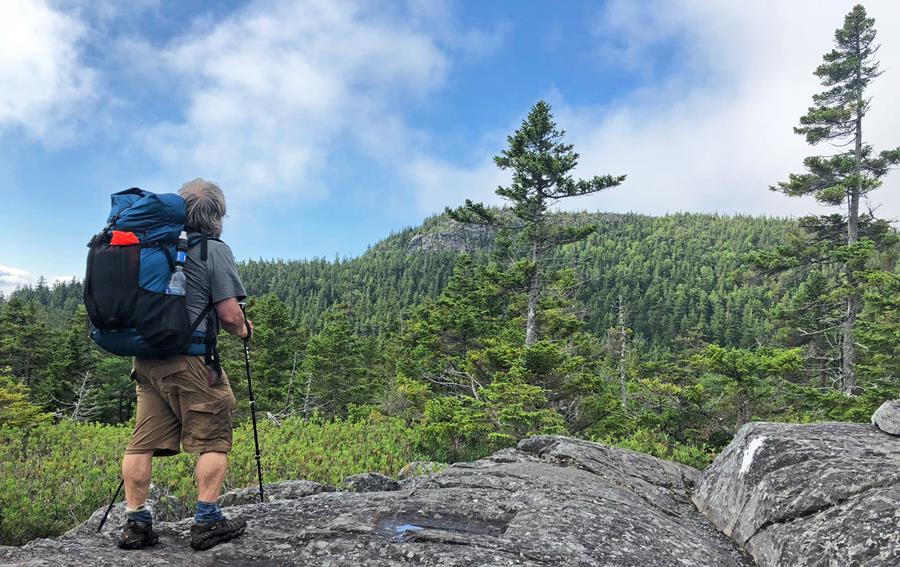
Photo by Laurie Potteiger
The 100 Mile Wilderness
After crossing Abol Bridge, you will enter the famed 100 Mile Wilderness. There are no public road crossings for the next 100 miles (hence the name), so there are no opportunities for resupply or leaving the Trail unless you make private arrangements ahead of time. Do not arrange to have food left for you, as unattended food can attract wildlife.
Plan to pack 7-10 days’ worth of food and supplies. Don’t forget to inform friends and family off Trail that you’ll be out of communication during that time — cell reception along most of the Trail in Maine ranges from spotty to nonexistent.
At the southern end of the 100 Mile Wilderness sits the town of Monson. Be sure to stop by the Monson Visitor Center while in town to pick up your A.T. hangtag and chat with staff and volunteers about Trail conditions farther south. The Monson Visitor Center opens for the season each year in June.
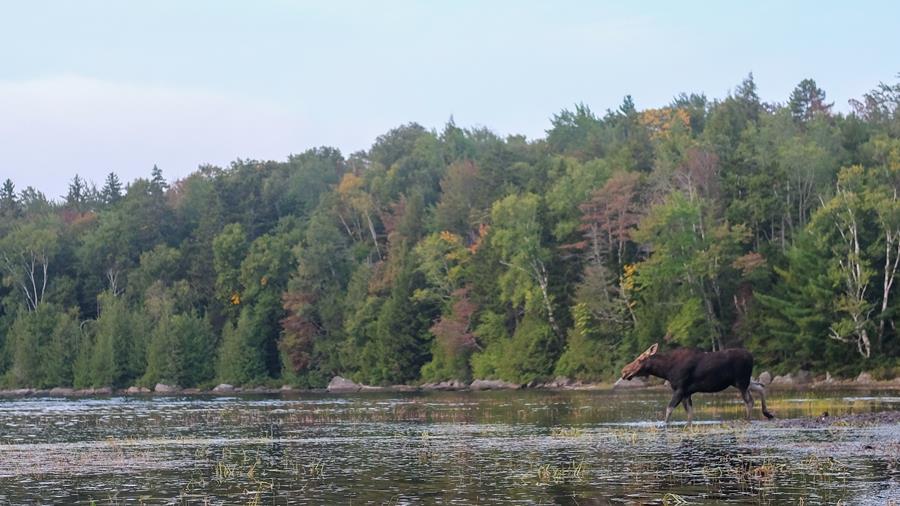
Photo by Lukas Chin
Starting Your Hike in Maine
Remote backcountry, beautiful ponds, and stunning vistas make Maine many hikers’ favorite state along the Trail. Maine is also considered by many to be the hardest section of the A.T. due to its rugged terrain and remoteness, making it a tough but rewarding place to start your hike.
- Expect rugged terrain — rocks, roots, and mud — rather than a smooth footpath.
- If you start in June, bring a head net — blackflies are jokingly referred to as the unofficial state bird of Maine. Treating clothing and gear with permethrin can also help ward off ticks.
- Most stream crossings in Maine do not have bridges. Know what precautions are necessary to ford rivers and streams safely.
- Do not attempt to wade or swim across Maine’s Kennebec River. A ferry runs from late May until the end of September each year. Check the ferry schedule here.
- Be prepared for wet, cold weather at any time. There are often pockets of snow in the high mountains in late May, and June typically sees consistent rain.
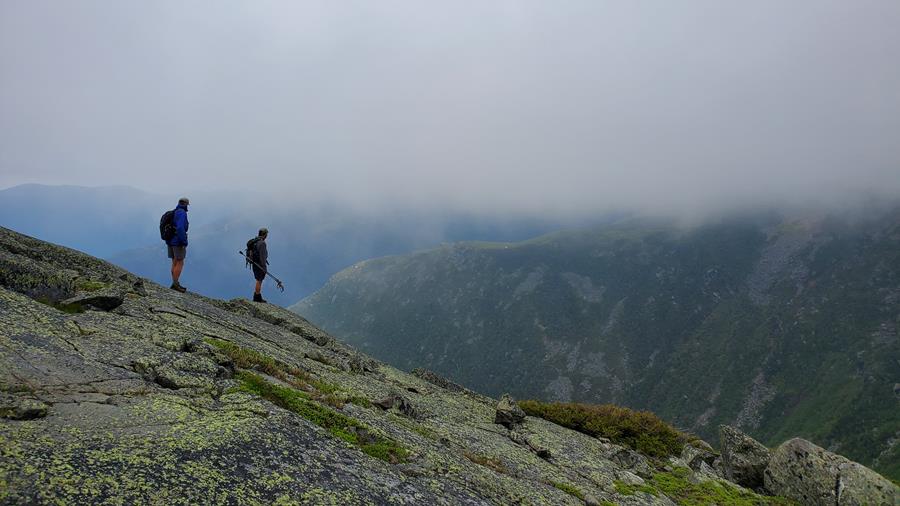
Photo by Ilana Copel
Leave No Trace
How you apply the seven Leave No Trace principles to your SOBO hike will depend on the section of Trail and time of year. Here are some quick tips:
- Camp only on durable surfaces. In Maine, New Hampshire, and Vermont, camping is not allowed above the treeline due to fragile alpine ecosystems.
- Campfires are only allowed on the Trail in Maine in designated, agency-provided rings at designated overnight sites. Always be sure to practice campfire safety, know the regulations, and check for burn bans before your hike.
- Plan ahead and wear blaze orange for hunting seasons in October and November.
- Be prepared for the possibility of snow/cold weather arriving early along the southern sections of the Trail in the fall, especially at higher elevations in the highland of southern Virginia and Tennessee, and in Great Smoky Mountains National Park.
In addition, always check the weather before heading out of town and be sure to pack the 10 Essentials.
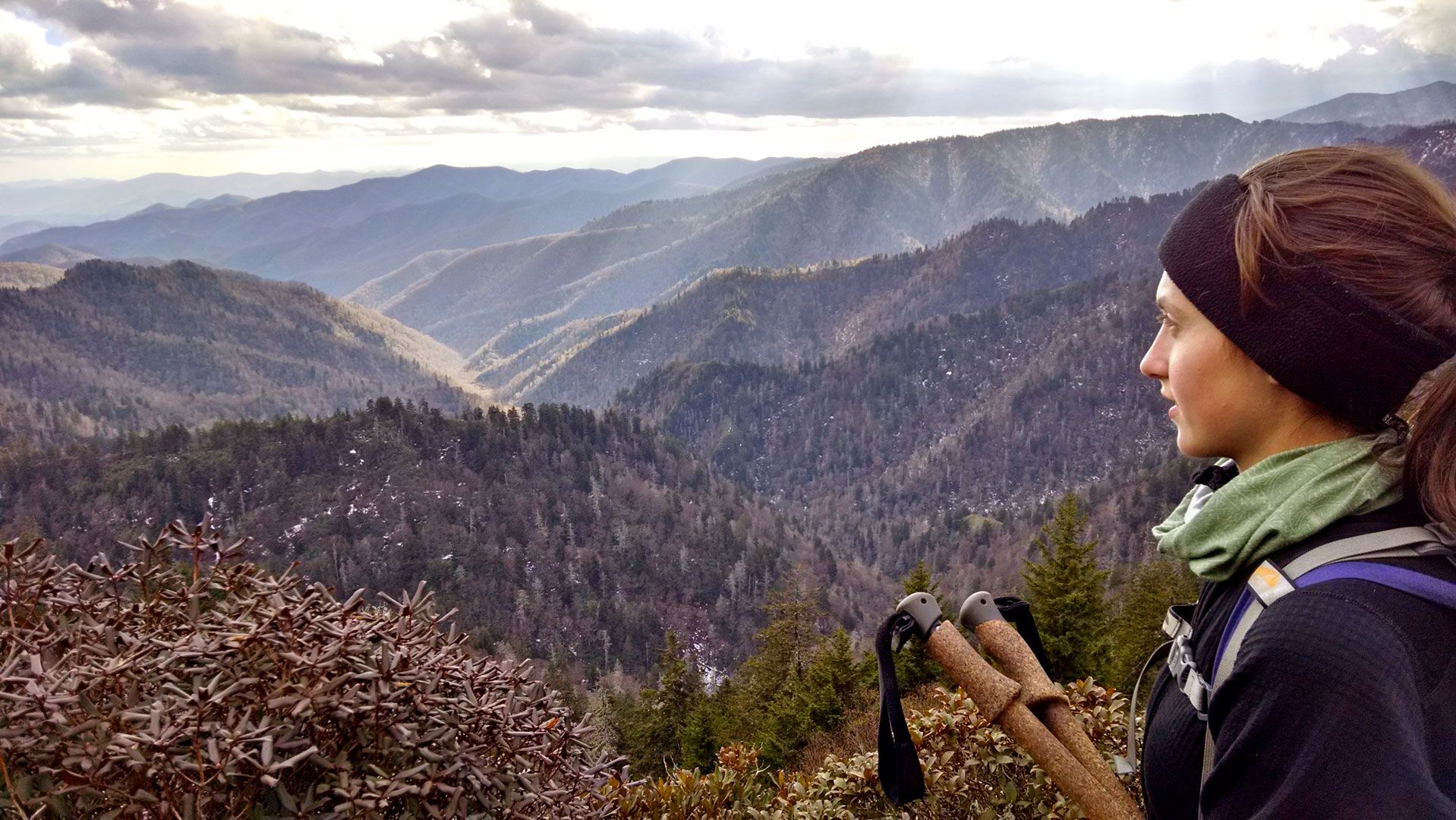
Photo by Christopher Randall
Solitude: Outside the Bubble
Many SOBO hikers find a great deal of solitude once they reach the southern section of the Trail. Significantly fewer hikers tackle the Trail southbound and the traditional hiking season may have passed by the time you reach southern Virginia. SOBO hikers can take advantage of a less-crowded Trail to connect with nature and enjoy the quiet simplicity of being alone in the woods. Take extra care to stay safe on the Trail, especially if you are hiking alone.
Keep in mind that not all hiker services are available year-round. Call businesses and shuttles ahead of time to make sure they are still open and have a backup plan just in case.
A SOBO thru-hike of the A.T. is a special accomplishment. With proper preparation and perseverance, you’ll soon be standing on top of Springer Mountain and reflecting on your amazing journey. Continue to monitor your start date on ATCamp.org and contact us with any questions.
Happy Trails!
Discover More

Plan and Prepare
Hiker Resource Library
A collection of resources for hikers to stay safe, healthy, and responsible on the Appalachian Trail.
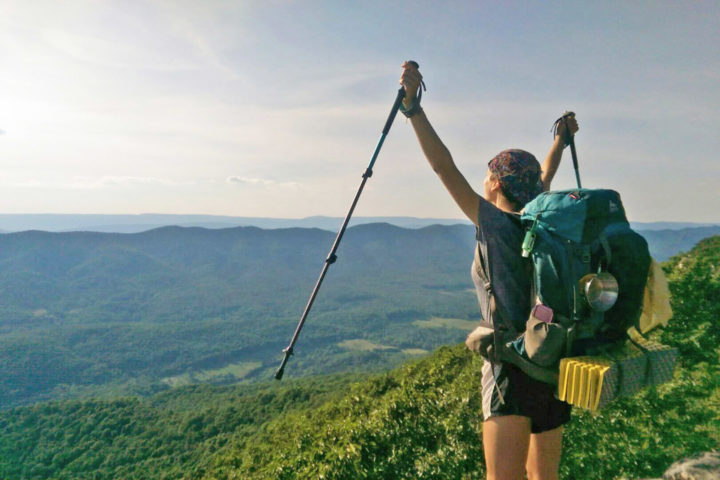
Know Before You Go
Hiker Preparation Series
Before heading out to the Appalachian Trail for your long-distance hike, check out our hiker preparation series for tips and checklists on how to have a safe and enjoyable A.T. experience.
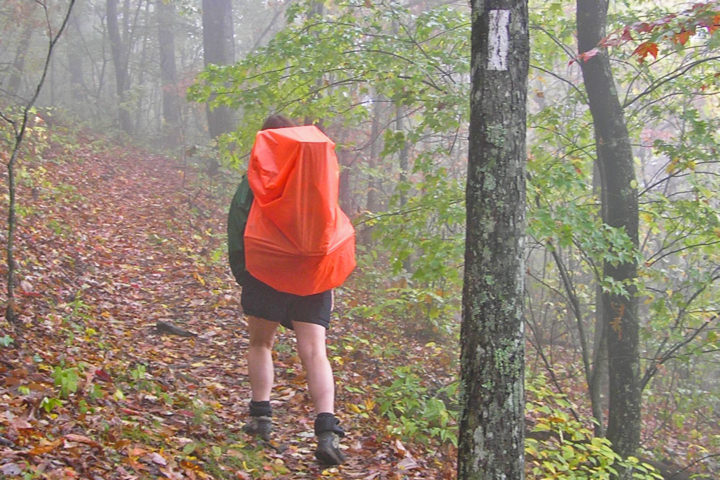
Plan and Prepare
Safety
Learn about the hazards you may face when hiking the Appalachian Trail and how to avoid or prepare for them is the best way to stay safe.

